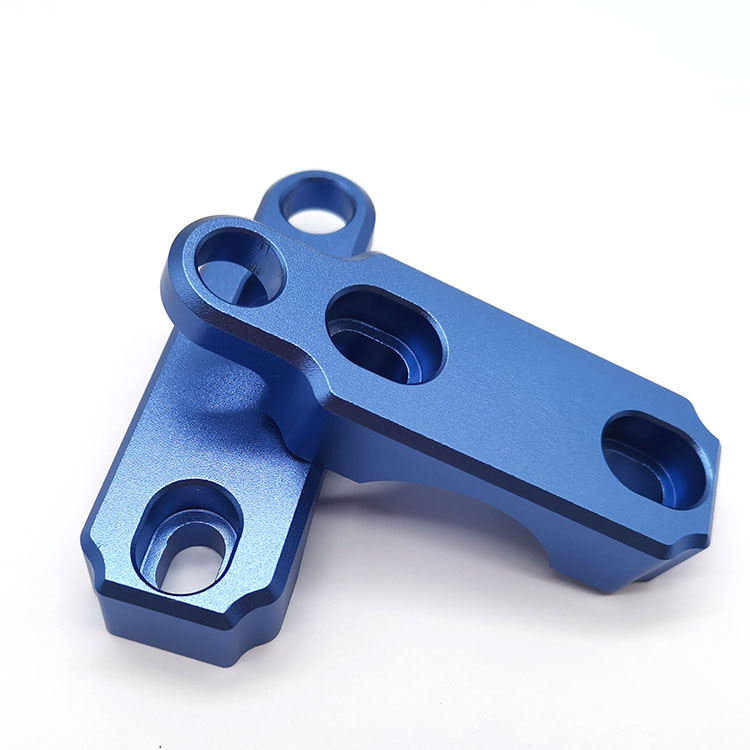Steps for Anodizing Aluminum Plates
2023-12-19
Anodizing aluminum plates is a process that enhances the corrosion resistance, durability, and appearance of aluminum by forming a protective oxide layer on its surface. Anodized aluminum plates are commonly used in various applications, including signage, decorative items, electronics, and more. Here's a general overview of the anodizing process for aluminum plates:
Steps for Anodizing Aluminum Plates:
1. Surface Preparation:
- Thoroughly clean the aluminum plates to remove any dirt, grease, or contaminants from the surface. This is typically done through chemical cleaning or other pre-anodizing treatments.
2. Alkaline Etching (Optional):
- In some cases, alkaline etching may be performed to create a matte finish on the aluminum surface. This step is optional and depends on the desired final appearance.
3. Rinsing:
- Rinse the aluminum plates to remove any residue from the cleaning or etching process.
4. Anodizing Bath Preparation:
- Prepare an anodizing bath, which is an electrolyte solution containing sulfuric acid. The composition of the bath may vary depending on the specific requirements of the anodizing process.
5. Anodizing Process:
- Immerse the aluminum plates in the anodizing bath and apply an electric current. The aluminum acts as the anode in an electrolytic cell, and oxygen ions from the bath react with the aluminum to form a dense and protective oxide layer on the surface.
6. Coloring (Optional):
- If colored aluminum plates are desired, a coloring step can be introduced during or after the anodizing process. This involves the absorption of dyes into the porous anodized layer.
7. Sealing:
- After anodizing, the aluminum plates are sealed to close the pores in the anodized layer. Sealing improves the corrosion resistance and durability of the finish. Common sealing methods include hot water sealing or the use of proprietary sealants.
8. Rinsing and Drying:
- Rinse the anodized aluminum plates to remove any residual chemicals, and then dry them thoroughly.
9. Quality Inspection:
- Perform a quality inspection to ensure that the anodized aluminum plates meet the specified requirements. Check for uniformity, color consistency (if colored), and the absence of defects.
10. Packaging:
- Package the anodized aluminum plates securely to prevent damage during transportation or storage.
Considerations for Anodizing Aluminum Plates:
- Color Options: Anodized aluminum plates can be left natural or colored. The color spectrum is often broad, offering various shades.
- Thickness of Anodized Layer: The thickness of the anodized layer can be controlled by adjusting the duration of the anodizing process. Thicker layers generally offer increased corrosion resistance.
- Surface Finish: Anodizing can be applied to different surface finishes, such as polished, brushed, or satin finishes, to achieve different aesthetic effects.
- Masking (if needed): If specific areas of the aluminum plates need to remain unanodized, masking techniques can be employed before the anodizing process.
It's important to note that the exact process and parameters may vary depending on the anodizing facility and the specific requirements of the project. Working with experienced anodizing professionals is recommended to ensure optimal results.



